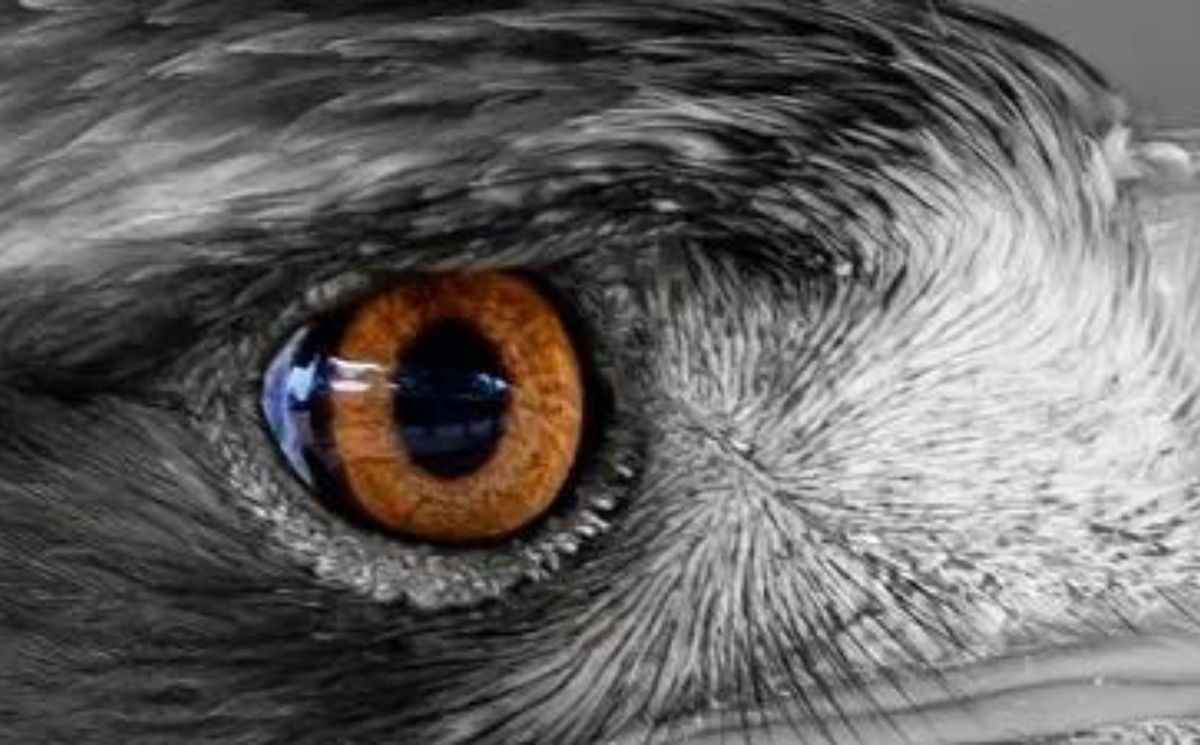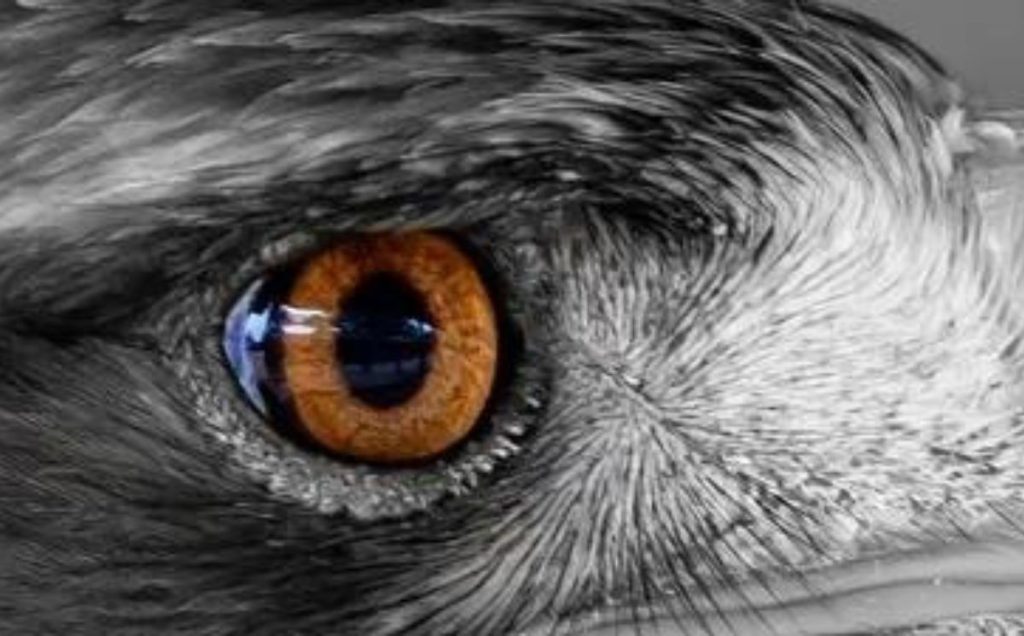
Hawk vision lets these birds of prey spot little animals from so many feet away, have you ever paused to ask how? Their secret is their incredible visual acuity, keen binocular hawk vision, and unique structure of their eyes which enhances Hawk Vision to extraordinary levels. These raptors, in the accipitriformes group, are nature’s perfect mix of elegance, strength, and accuracy.
Researchers have found that hawks birds have eyesight many times sharper than ours. This incredible visual acuity helps them hunt well during the day, making them effective birds of prey under sunlight.
In this article, we will explain what makes hawks birds such great hunters, look into how Hawk vision works, see their role in the ecosystem, and understand why their reputation as powerful birds of prey still fascinates people.
Visual Acuity: The Power Behind Hawks Vision
Visual acuity refers to how sharp an animal’s eyesight is. It is estimated to be 4–8 times stronger than humans. Imagine spotting a rabbit from more than a mile away that is the power of hawks vision.
Visual acuity is a technical way to say how sharp an image an animal sees. Hawks birds rank among the top vertebrates for acuity. Observers and researchers estimate that many raptors have several times the resolving power of a typical human. Practically that means hawks birds can pick out a small rodent or songbird at surprising distances while in flight or perched high. The high-resolution parts of their retinas and the eye size both explain that hawk vision.
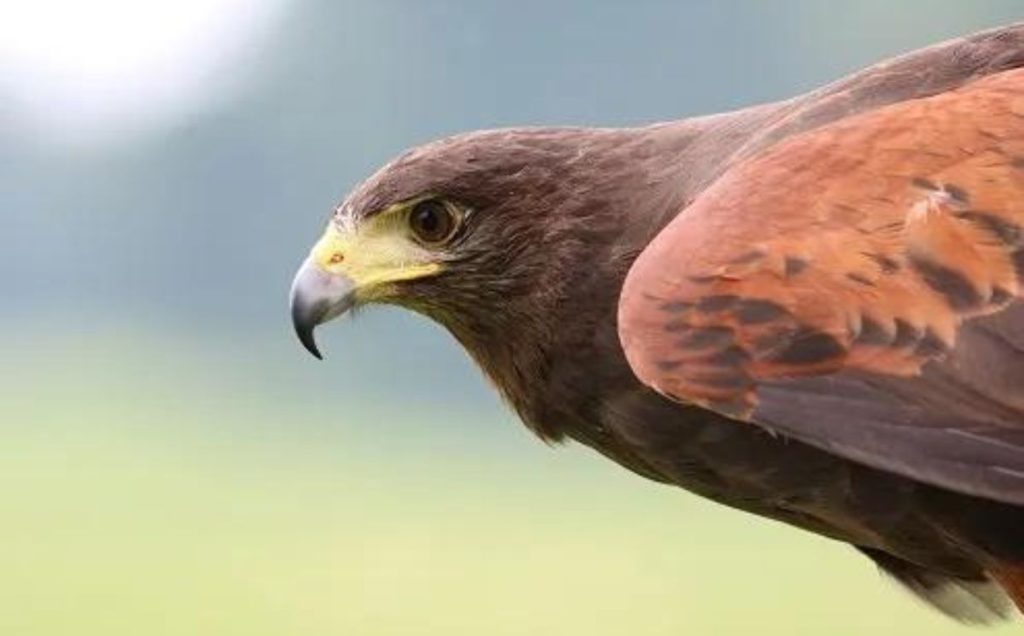
Birds of Prey and Hawks Vision
Birds that hunt other animals are often called BIrds of prey or raptors and this group includes hawks birds, eagles, falcons and owls. What sets these birds apart is their mix of speed and very good sight. Falcons chase at great speed while birds of hawks tend to watch glide and scan the land using strong visual acuity and steady binocular hawk vision. Many experts say raptors are useful signs of a healthy environment Hawk Vision is what sets hawks birds apart in their hunting efficiency. because they sit near the top of the food chain and they respond quickly when something changes in nature.
Hawks birds help to keep numbers of rodents, insects and small birds under control. This stops any single group from growing too big and harming plants or habitats. That balancing work by birds of prey helps many other creatures survive and keeps ecosystems stronger. When raptor numbers fall it often points to bigger problems like pollution loss of habitat or lack of food so scientists monitor them to learn about land and water health.
According to the National Park Service, raptors are vital indicators of environmental health because they sit atop the food chain.
Comparing Hawks Vision and Eagle Eyesight
Vision guides much of hawk birds behavior. Perching and scanning from high vantage points, hovering to lock onto prey, and quick stoops require synchronized sensory and motor skills. That behavior is visible in parks and fields, and understanding the underlying visual abilities makes those behaviors less mysterious. Field guides and birding resources note how hawks vision supports territorial display, hunting decisions and migration timing. Understanding Hawk Vision helps birders and scientists interpret hunting patterns more accurately. These patterns are common among Birds of prey.
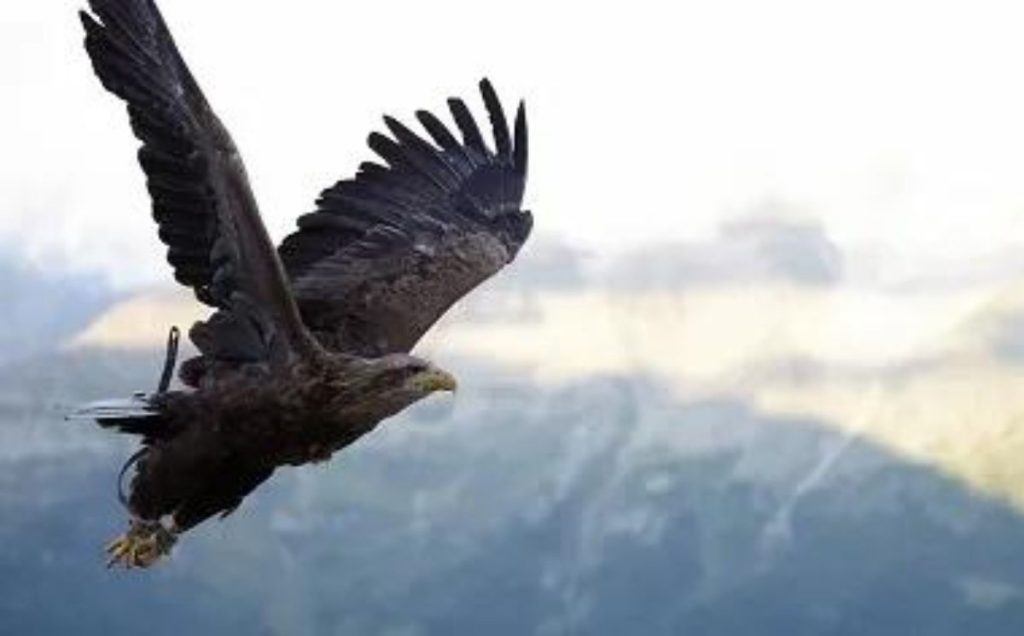
Understanding the Structure of the Hawks Eyes
The secret to the extraordinary hawks vision lies within the structure of the eyes. Unlike human eyes, which are relatively flat, hawks have large, curved eyes that allow more light to enter. This design gives them superior resolution and depth.
Their visual membrane is densely packed with cone cells, responsible for tracking fine details and color. Some hawks have a double fovea, a special visual membrane area that enhances hawks vision and focus on moving objects. This unique eye anatomy is key to Hawk Vision, letting them detect the smallest prey from afar
In simpler terms, the structure of the eyes, and hawk vision is like a high resolution telescope, built to acquire clarity and movement simultaneously.
Color Sight: Seeing the Invisible Spectrum
Color sight in sparrow hawk is more complex than simple red green blue. Birds have multiple cone types and often see ultraviolet wavelengths humans cannot. That expands the range of color sight and gives hawks birds extra contrast cues in nature. a key component of Hawk Vision. For example a vole’s urine or certain feather sheens can reflect UV and show up as pattern differences to hawk species while invisible to us. That helps with detection and recognition in cluttered habitats.
In short, hawks birds live in a far more colorful world than we do, one that expands their understanding of landscapes and prey.
Sparrowhawk hunting in trees: practical example
The sparrowhawk is a good case study. This nimble accipiter uses its hawks vision to hunt small birds among branches. The sparrowhawk’s eyes and binocular vision allow it to judge tight distances and time strikes precisely while weaving through foliage. Its visual system favors rapid shifts of focus and quick depth perception , exact needs for ambush hunting in dense cover.
Binocular vision and depth perception
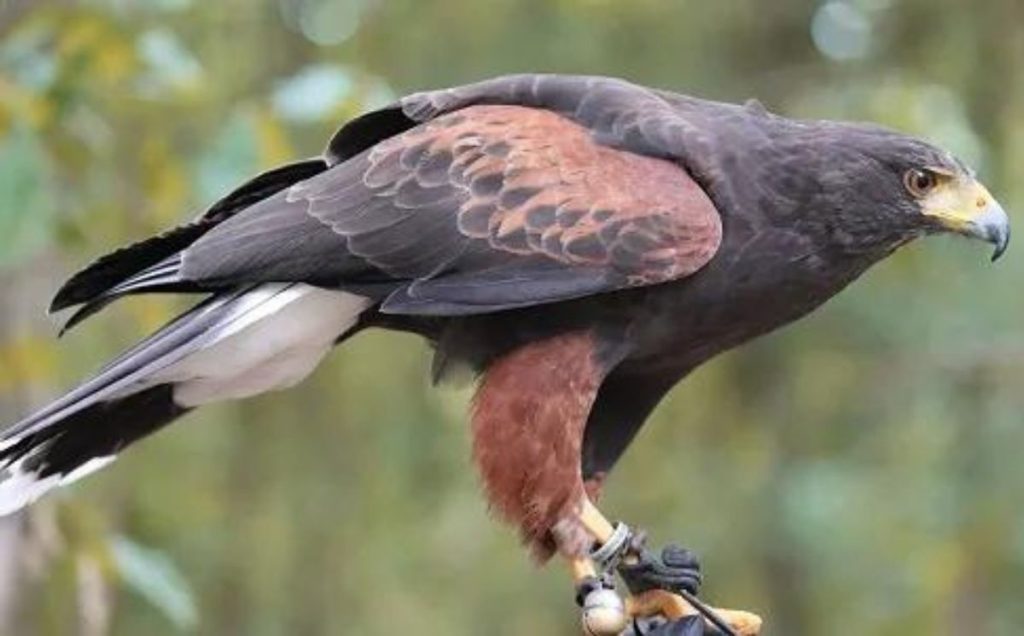
A hunter needs to know exactly where to put its talons and when. Many raptors have enough forward placements of the eyes to create meaningful binocular vision and good stereopsis. That helps with judging distance while dashing through cluttered habitats or making split-second intercepts in open air.
Hawk vision combined with binocular vision allows precise timing during dives and swoops. For ambush hunters like the sparrowhawk this combination is essential; for soaring hawk birds that scan fields the same binocular faculties help settle on a distant target for a long glide or a powered strike.
Hunting Techniques of Hawks Birds
Equipped with hawk vision, these raptors adopt multiple hunting styles. Some soar high, scanning fields; others, like the sparrowhawk, weave through trees in stealth.
Hawks vision aids in depth perception, ensuring precise timing when striking. Combined with sharp talons and beaks, it embody nature’s perfect predator.
How Far is the Hawks vision
The original question many people ask is: how good is hawks vision? When people say they can spot small animals from nearly two miles away, studies show this is true for some raptors because of the special structure of their eyes and very high visual acuity.
This superb visual acuity together with strong binocular vision lets these species see tiny movement far off and pick out prey from high above. Their sharp sight helps them survive by making hunting more easy and by letting them avoid obstacles while flying, so these birds of prey stay very effective hunters in the wild.
Importance of Hawks Birds in Ecosystem
These predatory birds do much more than just hunt. They control prey populations such as rodents, rabbits, small birds, which prevents population growth problem that can damage plants and natural vegetation.
When prey population gets too high nature suffers, soil washes away, young plants get eaten before they can grow and the biodiversity declines. By keeping things in balance hawks birds help many kinds of life stay alive, like insects, small mammals and even plants that need quiet time to grow. As top birds of prey, hawk species control prey numbers, keep biodiversity going and act like signs of how healthy the environment is. When hawk species start to disappear it often shows the ecosystem is out of balance.
Sources that explain these roles include USGS on birds as ecosystem indicators, HawkWatch International on raptor roles, Animal Diversity Web on red tailed hawk ecology, Hawk Mountain on raptors as bioindicators, and NPS on the importance of raptors.
Conclusion
In nature’s big stage, hawks birds show what focus, agility, and sharp sight really mean. With superior visuals, a complex structure of the eyes, and advanced binocular vision, they prove how evolution refines survival.
From the quick sparrowhawk to the wide flying red tailed hawk, each kind is like a living work of art in Accipitriformes. By learning about them and caring for them, we help these noble birds of prey to keep flying high over our skies for many more generations.
Curious to learn more about hawks birds, birds of prey, visual acuity, and binocular vision, visit www.birdielearning.com for deep insights and discovery.
FAQ’S About Hawks Vision
1. What makes hawks vision so powerful?
Their structure of the eyes includes dense photoreceptors, double fovea, and forward-facing placement that boost visual acuity and binocular vision. This combination of structure and sharpness makes Hawk Vision unparalleled among birds of prey
2. How does hawks vision compare to eagle eyesight?
Eagle eyesight is slightly better for long distances, but hawks birds excel at close-range tracking and agility.
3. Can hawks see colors?
Yes, they have Extraordinary color sight, including ultraviolet perception.
4. What role do hawks birds play in ecosystems?
They manage prey numbers and help keep nature in balance.
5. How far can hawks birds see?
They can detect prey from almost two miles away because of their powerful visual acuity.
6. What is sparrowhawk known for?
The sparrowhawk is famous for its agility, swift moves, and exact aiming in forested areas.

